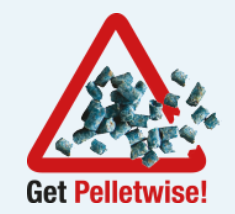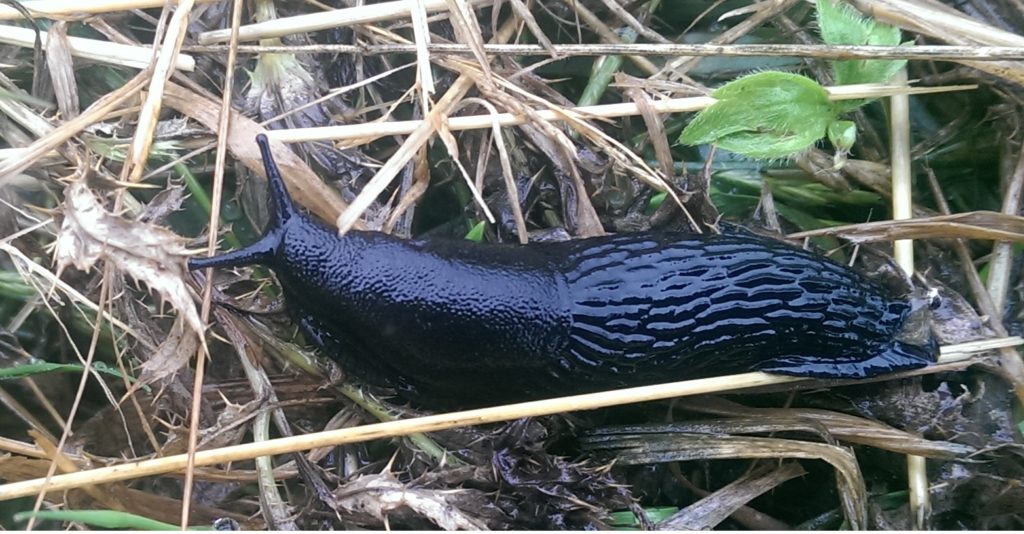Slugs – November 2019
8 November 2019Slugs and their damage are particularly noticeable this season, with the wetter weather playing into their hands.
Consequently, all autumn-sown crops are at risk of slug damage. In oilseed rape, the crops need to be protected from slug damage up until the 4-leaf stage. Wheat and barley crops are particularly vulnerable to slugs up to GS12; beyond this stage, they can usually grow away from any further damage. The later-sown the crop, the longer it takes to emerge and consequently the more time there is for slugs to inflict damage to the seed and shoots. For this reason avoid sowing seed too deep, as this prolongs even further the time needed to get to GS12. For wheat crops still to be sown, creating a fine seedbed (difficult under the current conditions) will reduce the risk of slug damage, and slug trapping is recommended in fields still to be sown to assess the risk of slug damage.
Generally, a pre-emergence application of pellets with a follow-up post-emergence, if damage is seen, tends to do the job.
The Metaldehyde Stewardship Group (MSG) stewardship guidelines for the use of metaldehyde molluscicide products (if you can find any!) still need to be considered if intending to use metaldehyde slug pellets on wheat crops. No metaldehyde pellets should be allowed to fall within a minimum of 10 metres of any field boundary or watercourse. This measure will protect birds and small mammals, and provide additional protection to water. Note that ferric phosphate slug pellets do not have any restrictions on use and tend to be just as effective as metaldehyde slug pellets, and can be applied up to the field boundary.
Sign up to the FAS newsletter
Receive updates on news, events and publications from Scotland’s Farm Advisory Service


